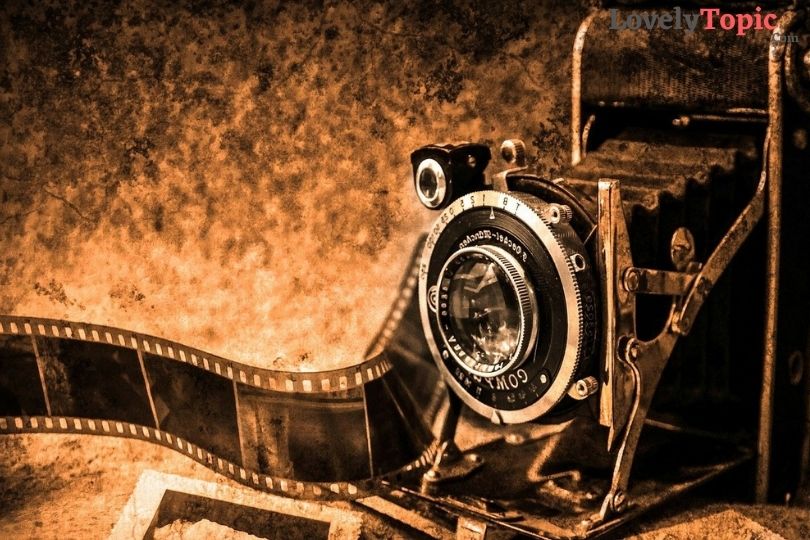From the start, films were short, at times a couple of moments or less. They were appeared at carnival, music corridors, or anyplace a screen could be set up and a room obscured. Subjects included neighborhood scenes and exercises, perspectives on unfamiliar terrains, short comedies and newsworthy occasions. The movies were joined by talks, music and a great deal of crowd investment. Despite the fact that they didn’t have synchronized exchange, they were not ‘quiet’ as they are some of the time portrayed.
Rise Of The Film Industry
By 1914, a few national film enterprises were set up. As of now, Europe, Russia and Scandinavia were the predominant ventures; America was substantially less significant. Movies turned out to be longer and narrating, or account, turned into the prevailing structure. As more individuals paid to see motion pictures, the business which developed around them was set up to put more cash in their creation, conveyance and presentation, so enormous studios were set up and committed films constructed.
The First World War significantly influenced the entertainment world in Europe, and the American business filled in relative significance. The initial 30 years of film were portrayed by the development and union of a modern base, the foundation of the story structure, and refinement of innovation.
The Introduction Of Color
Color was initially added to high contrast motion pictures through hand coloring, coloring, conditioning and stenciling. By 1906, the standards of color separation were utilized to deliver supposed ‘characteristic tone’ moving pictures with the British Kinemacolor measure, first introduced to general society in 1909.
Kinemacolor was principally utilized for narrative (or ‘fact’) films, like the epic With Our King and Queen through India (otherwise called The Delhi Durbar) of 1912, which ran for more than 2 hours altogether. The early Technicolor measures from 1915 onwards were lumbering and costly, andcolour was not utilized all the more broadly until the presentation of its three color process in 1932. It was utilized for movies, for example, Gone With the Wind and The Wizard of Oz (both 1939) in Hollywood and A Matter of Life and Death (1946) in the UK.
The Adding Of Sound In Films
The principal endeavors to add synchronized sound to projected pictures utilized phonographic chambers or circles. The main full length film consolidating synchronized exchange, The Jazz Singer (USA, 1927), utilized the Warner Brothers’ Vitaphone framework, which utilized a different record circle with each reel of film for the sound. This framework demonstrated temperamental and was before long supplanted by an optical, variable thickness soundtrack recorded photographically along the edge of the film, grown initially for newsreels like Movie tone.
The Golden Age Of Cinema
By the mid 1930s, practically all full length films were given synchronized sound and, by the mid-1930s, some were in full tone as well. The appearance of sound got the prevailing job of the American business and offered ascends to the supposed ‘Golden Age of Hollywood’.
During the 1930s and 1940s, film was the chief type of famous amusement, with individuals regularly going to films double seven days. Ornate super films or ‘picture palaces’, offering additional offices, for example, bistros and dance halls, came to towns and urban communities; a considerable lot of them could hold more than 3,000 individuals in a solitary assembly room. In Britain, the most elevated attendances happened in 1946, with more than 31 million visits to the film every week.



